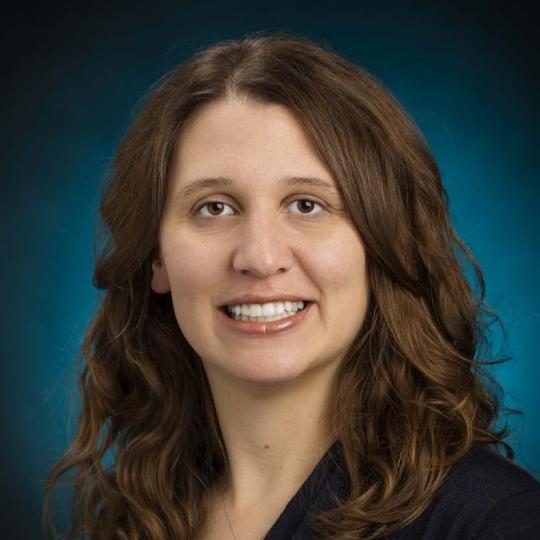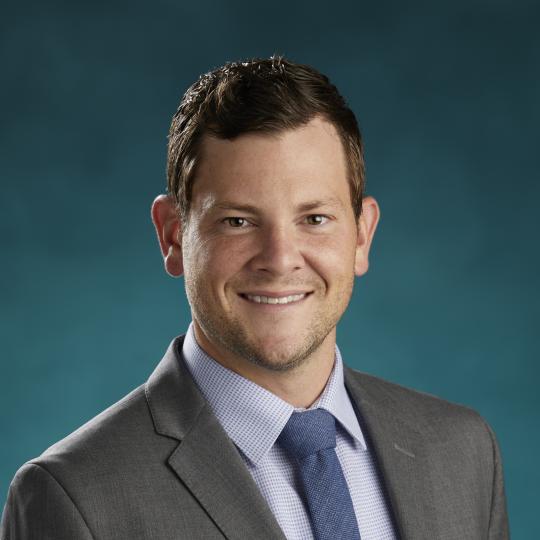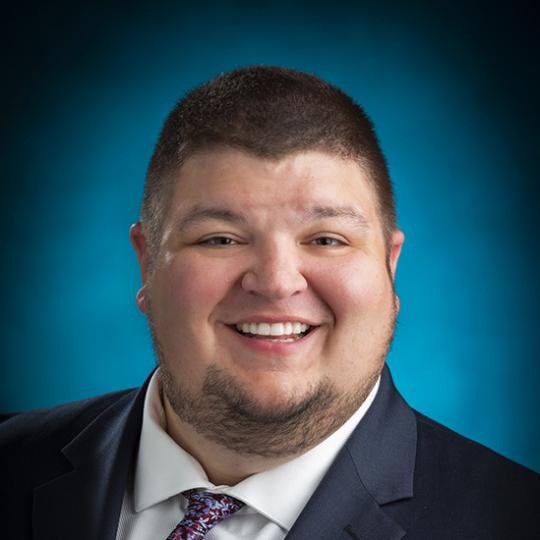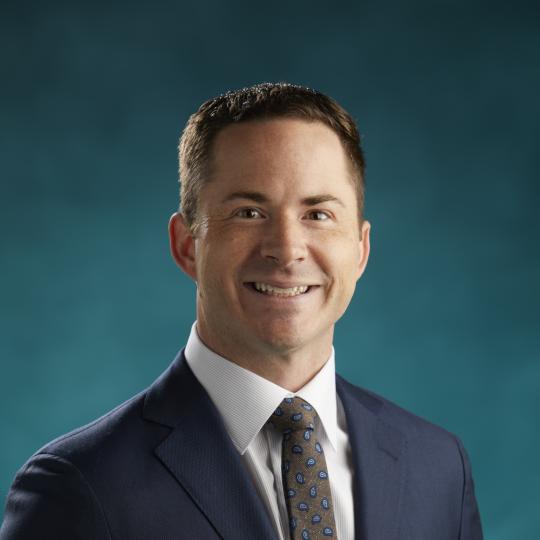Cosmetic Surgery
Overview
Cosmetic surgery is a type of plastic surgery performed with a desired outcome of improving the patient's body / face, or restoring it to a previous state. Examples of cosmetic surgery for face include: rhinoplasty, neck lift, otoplasty, face lift, eyelid lift, brow lift. Cosmetic surgery for the body includes: liposuction, arm lift, thigh lift, buttock augmentation, labioplasty, abdominoplasty, body lift, breast augmentation, and breast lift.
To schedule an appointment with the Institute for Plastic Surgery at SIU for a cosmetic consultation, please call:
Springfield (217) 545-7721
Decatur (217) 872-2712
Treatment types
Botox®/Dysport injections
Botox® is a purified form of Botulinum toxin which bonds to the muscles where it is injected, stopping the muscle function and therefore decreasing wrinkle formation. Botox is used most commonly for the corrugator muscles between the eyebrows, which cause the frown lines. It is also commonly used in the frontalis muscles of the forehead, which causes the horizontal forehead wrinkles. It can also be used on the outside corner of the eye to eliminate the crow’s feet wrinkles.
Botox lasts for approximately 3-4 months and then it must be reinjected to continue the results. Botox is found to be extremely safe and effective. The amount of Botox used and the placement of the Botox can be adjusted for each individual, depending on your concerns and desires for improvement.
The procedure, which includes a series of injections, takes approximately 5-10 minutes in an office setting. You’re given the option of topical anesthesia.
You’ll see results 2-7 days after the injection.
Risks of the procedure are bruising, bleeding from the needle sticks, asymmetry or incomplete results needing further injections. A very rare risk is ptosis of the upper eyelid. This is primarily seen after injection of the frown lines between the eyebrows, if the Botox is injected too close to the muscle, which elevates the eyelid. If this occurs, eye drops can be given to help elevate the eyelid.
After your injection, around the time the Botox is starting to work, you may experience a pressure sensation in the area the Botox was injected. This is normal and does become less noticeable over time.
Depending on how the Botox® is injected and where it is injected, you may notice a change in your eyebrow shape. That is why it is important to discuss your goals of Botox with the physician before injection.
Chemical peels
Chemical peels are used to resurface the skin. The depth of resurfacing is dependent on the chemical agent used. Superficial peels, such as glycolic acid and alpha hydroxyl acid, remove the upper layer of dead skin cells allowing them to penetrate into the upper layer of dermis. The peels allow increased penetration of skin care products, dry up acne, soften fine lines, stimulate collagen growth, and give the skin a rosy glow. Superficial peels have minimal to no downtime with mild burning and redness. They are performed in the office by the nurse or aesthetician.
Medium depth peels involve higher strengths of glycolic acid or a stronger solution known as trichloracetic acid (TCA). The medium peels remove fine lines, improve skin texture, even out irregular pigmentation and reverse the effects of sun damage. TCA peels are performed in the office under topical or local anesthesia. Crusting and swelling occur for 2-4 days after the procedure and redness lasts 1-3 weeks.
Deep peels use higher concentration TCA or phenol. The deep peels are the most effective at reducing or eliminating fine lines and work amazingly well for wrinkles around the mouth. These are also done in the office under local or topical anesthesia. The swelling and crusting is greater, lasting 5-10 days. Redness can last for several months and there is a chance of permanent lightening of the skin where the peel is done.
Scar revision/tattoo removal
Scars are visible signs that remain after a wound has healed. They are unavoidable results of injury or surgery, and their development can be unpredictable. Poor healing may contribute to scars that are obvious, unsightly or disfiguring. Even a wound that heals well can result in a scar that affects your appearance. Scars may be raised or recessed, different in color or texture from surrounding healthy tissue or particularly noticeable due to their size, shape or location.
Your treatment options may vary based on the type and degree of scarring and can include:
- Simple topical treatments
- Minimally invasive procedures
- Surgical revision with advanced techniques in wound closure
Scar revision surgery is meant to minimize the scar so that it is more consistent with your surrounding skin tone and texture. Revision surgery can provide a more pleasing cosmetic result or improve a scar that has healed poorly; a scar cannot be completely erased.
Is it right for me?
Scar revision is a highly individualized procedure and you should do it for yourself, not to fulfill someone else’s desires or to try to fit any sort of ideal image. Scar revision can be performed on people of any age and is a good option for you if:
- You are bothered by a scar anywhere on your body
- You are physically healthy
- You do not smoke
- You have a positive outlook and realistic goals for your scar revision surgery
- You do not have active acne or other skin diseases in the area to be treated
Sclerotherapy
Sclerotherapy is an office procedure to treat spider veins of the legs and hands. The procedure involves injection of a solution into the veins, which irritates the vein walls, causing them to collapse and no longer fill with blood. This results in a reduction or elimination of their appearance. Sclerotherapy generally requires 1-3 treatments 4-6 weeks apart. The procedure is done in the office and does not require anesthesia. Burning or cramping with the injection is common but tolerable.
Spider veins may also be treated by laser therapy. It has been our experience that both methods can work well, but that some patients respond to sclerotherapy more than laser therapy and vice versa. We will often start with sclerotherapy, as we have found the injection to be less painful and better tolerated than the laser therapy. If the patient desires, a small test patch with the laser will also be performed so that we may compare the results and determine the best option for the second treatment. The procedure can take 15-60 minutes, depending on the size of the areas to be treated.
Compression stockings are ideally purchased before the procedure and worn for 23 hours/day the first 4-7 days. For best results, you should avoid high impact exercise or excessive standing for 1-2 days after the procedure. You may experience bruising, swelling, itching or redness the first few days after sclerotherapy or laser therapy. You’ll usually notice fading of the veins after 2 weeks with continued improvement up to 12 weeks.
Rare risks of the procedure include discoloration, leg cramps, scarring, blistering, ulceration, infection and vein clots.
Wrinkle fillers
In contrast to Botox, which reduces wrinkle formation by stopping the muscles beneath the skin from working, wrinkle fillers plump up the wrinkles without effecting the muscles beneath. There are multiple types of wrinkle fillers available. Wrinkles commonly treated with fillers are the nasolabial lines or “smile lines”, the labiomental lines or lines extending from the corner of the mouth to the chin edge, cheek, forehead or glabellar wrinkles.
Fillers are also used to give volume to an area of the face. This could be an area where a patient has always desired more volume such as the lips. Or this could be an area where a patient has lost volume from aging. Fillers are also used in the hollow of the lower eyelid to rejuvenate this area without surgery.
Human and collagen products were the first wrinkle fillers developed and are still used today, but are the shortest lasting fillers available with an approximate three to six weeks duration. Hyaluronic acid fillers are the most commonly used fillers and are made from hyaluronic acid, which is a chemical naturally produced in the skin, but is chemically produced for the filler. Common names of hyaluronic acid fillers are Restylane and Juvederm. Fillers are injected within or just beneath the wrinkle, through several needle sticks to plump up the wrinkles. The more extensive the wrinkles, more product will be needed to get the best results. Patients will notice swelling and possible bruising for a few days after the procedure. They may notice redness, which can be covered with makeup. They also will occasionally notice firmness in the area, but if placed properly this will be minimized. Ice can be used after the injection to help swelling. The hyaluronic acid fillers last anywhere from 6 to 9 months, lasting longer in areas which there is not a large amount of movement. Patients do not need to have a skin test before the injection as the chance of allergic reaction is quite rare.
Other commonly used fillers include Radiesse and Artefil. Radiesse consists of calcium hydroxyapatite and is injected in a deeper plane then the hyaluronic acids. It works well for deeper wrinkles as well as restoring volume back to the cheeks. Radiesse lasts 9-18 months. Artefil is considered a permanent filler lasting up to 10 years. It is made up of polymethylmethacrylate in bovine collagen which requires a skin test to check for allergies. Its use is similar to Radiesse and is often considered by patients who are happy with Radiesse but want a longer lasting result.
The patient’s own fat is becoming a much more common filler as well. It is considered a permanent filler but can be less predictable because there is no way to gauge or guarantee the survival of the fat once injected. Usually 30-50% of the fat survives but it can vary, therefore symmetry can be an issue. What does survive is permanent. The fat injection may need to be repeated for symmetry or further correction.
Our providers
Why SIU
Continually learning
With a focus on continual improvement, our doctors take the time to research, study and innovate to provide the latest treatments for our patients.
Patient-first experience
Our care ranges from primary care physicians to specialists and sub-specialists who have advanced training. We're here for you when you need us.
Breakthrough tech
Continually teaching the next generation of doctors, our physicians use the latest developments in procedures and technologies for our patients.
Our Locations
Latest articles
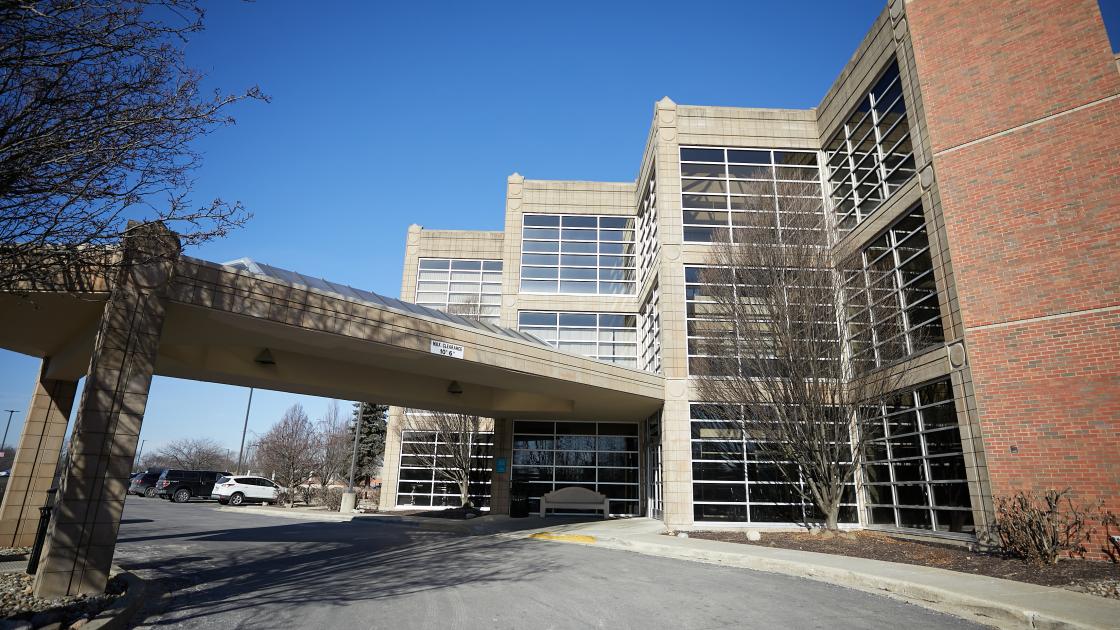
Institute for Plastic Surgery opens office in Decatur

